

92.09 PARTES (POR EJEMPLO: MECANISMOS DE CAJAS DE MUSICA) Y ACCESORIOS (POR EJEMPLO: TARJETAS, DISCOS Y ROLLOS PARA APARATOS MECANICOS) DE INSTRUMENTOS MUSICALES; METRONOMOS Y DIAPASONES DE CUALQUIER TIPO.
9209.30 - Cuerdas armónicas.
Esta partida comprende:
A) Los metrónomos y diapasones.
Se clasifican en este grupo, cualquiera que sea su utilización (musical u otras), los metrónomos y los diapasones.
Los metrónomos son pequeños aparatos en forma de caja piramidal, con o sin sonido, que sirven para marcar de una manera precisa el tiempo con que se ha de ejecutar una composición musical. Su pieza principal es una varilla basculante sobre un pivote, cuyo movimiento puede ser acelerado o retardado según los números de una escala graduada situada detrás de la varilla.
Este grupo comprende también los metrónomos que tienen aplicaciones industriales y, en este caso, pueden llevar contactos eléctricos, lo que no afecta a la clasificación.
Los diapasones son pequeños instrumentos constituidos por una horquilla de acero, a la que se hace vibrar y da una sola nota, o bien, una especie de tubo con una o varias lengüetas y por el que se sopla, obteniendo así una o varias notas (4 o 6 generalmente); a menudo, varios tubos de lengüeta única que dan notas diferentes se reúnen formando un conjunto.
También existen diapasones de gran potencia para estudios, formados por una lámina de acero montada en una caja de resonancia, que se golpea con una maza.
Independientemente de su empleo normal en música, los diapasones se utilizan en medicina (para reconocimiento del oído especialmente y, en este caso, están regulados para dar una gama de vibraciones muy amplia y se presentan frecuentemente en estuches que contienen varios instrumentos), para la observación estroboscópica, etc. Algunos de ellos están provistos de dispositivos para mantener la duración de las vibraciones.
B) Los mecanismos para cajas de música.
Véase la Nota Explicativa de la partida 92.08.
C) Las cuerdas armónicas.
HEADING 92.09 - PARTS (FOR EXAMPLE, MECHANISMS FOR MUSICAL BOXES) AND ACCESSORIES (FOR EXAMPLE, CARDS, DISCS AND ROLLS FOR MECHANICAL INSTRUMENTS) OF MUSICAL
INSTRUMENTS; METRONOMES, TUNING FORKS AND PITCH PIPES OF ALL KINDS.
9209.30- Musical instrument strings
This heading covers :
(A)Metronomes, tuning forks and pitch pipes.
This group covers metronomes, tuning forks and pitch pipes whether intended for musical or other uses.
Metronomes are small mechanical devices used to indicate the exact tempo in which a piece of music is to be played; they are generally contained in a pyramid shaped box and may be fitted with a bell.
The main part is a beating rod pivoted at its lower end; the movement of the rod may be accelerated or retarded according to a scale located behind the bar.
The group also includes metronomes used for industrial purposes; these are fitted with electrical contacts.
Tuning forks are usually small U-shaped metal bars which, when vibrated, emit one given note; the group also covers large concert-hall tuning forks consisting of a metal tongue mounted on a sounding
box and struck with a hammer.
The group also includes tuning forks used in medicine (in particular for hearing tests, in which case they are preset to emit a wide range of vibrations and are often put up in cases containing several
instruments), for stroboscopic observations. Some are fitted with electrical devices for maintaining the vibrations.
(B) Mechanisms for musical boxes.
See the Explanatory Note to heading 92.08.
(C)Musical instrument strings.
This group covers strings for true string instruments (pianos, harps, violins, violoncellos, mandolines, etc.). These are usually made of :
(1)Catgut (generally from the intestines of sheep). Catgut strings are made up of a certain number of strands according to the thickness required; each strand consists either of a ribbon of gut cut
lengthwise or a complete gut.
(2)Silk. Silk strings, usually made up of 140 strands of silk, have the external appearance of catgut strings. They are coated with a thin layer of gum arabic and polished with white wax.
end of page 1888
(3)Monofilament of man-made fibre materials (usually nylon).
(4)Wire of steel (usually stainless), aluminium, silver, copper, etc. Metal strings are either single-strand, or made up of a metal core covered with metal wire (wound round the core). Strings of this kind are
known as " metal-wound ".
(5)Gut, silk or nylon covered with metal wire (aluminium or other base metal, whether or not silver-plated, silver, etc.). The metal wire is wound round the core and strings of this kind are known as gut, silk-
or nylon-wound.
Musical instrument strings are recognisable by their finish. (Steel strings are made of polished metal and their diameter is carefully calibrated. Gut strings are completely uniform and the diameter is constant;
some gut strings are white and translucent, others, however, such as strings for harps, are occasionally dyed red or blue, etc.) Strings may also be recognisable by the way in which they are put up (small
paper bags, envelopes and the like, often printed with instructions for use). In addition, some strings (particularly metal strings) have loops or small metal balls enabling them to be fitted to the instrument
concerned.
The heading does not cover wire, gut and monofilament of synthetic textile materials (whether or not cut to length), not identifiable as musical instrument strings (classified in their own appropriate headings).
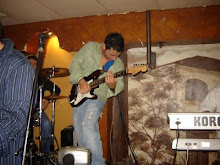
..bmp)
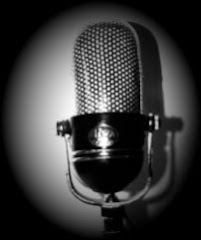



..jpg)
..jpg)
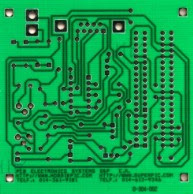

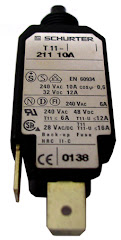

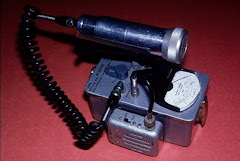


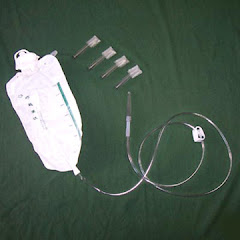.jpg)
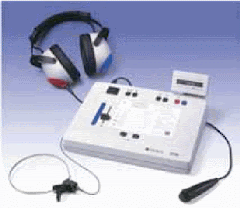.gif)
.jpg)





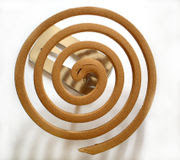

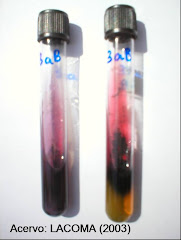
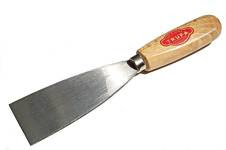
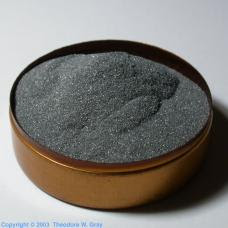..jpg)
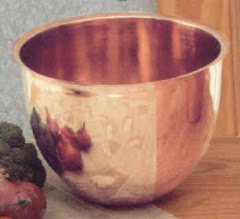
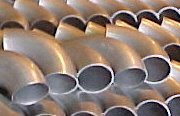+Stainless+steel+elbow.bmp)
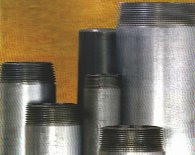
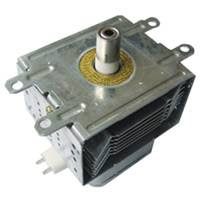

..jpg)
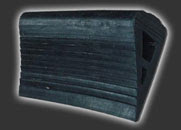
..jpg)

..jpg)
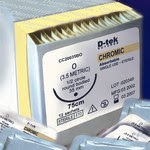



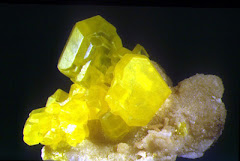
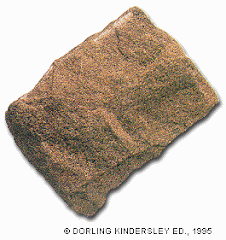

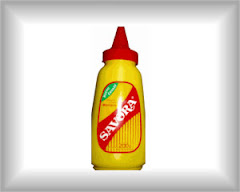

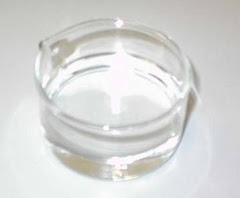

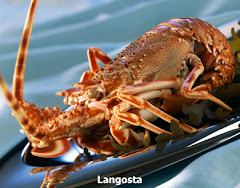



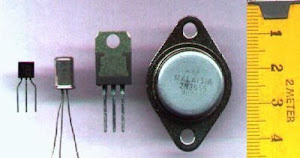



..jpg)
..jpg)
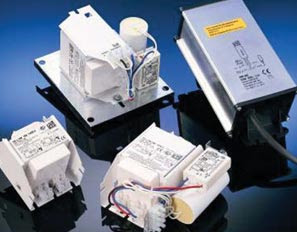

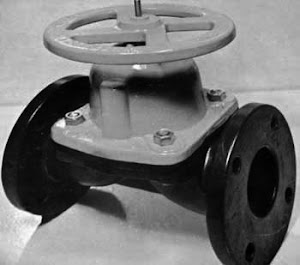..jpg)

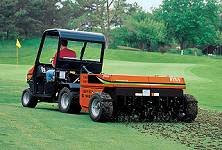
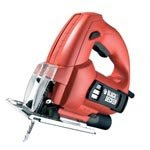

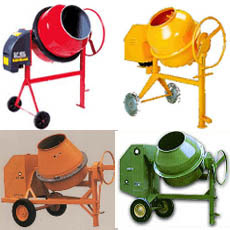
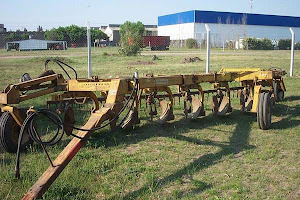
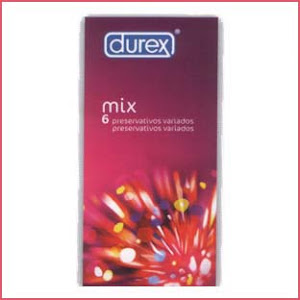
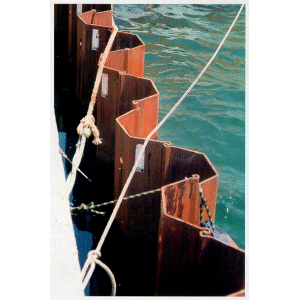Tablestacas..gif)

.gif)
.bmp)

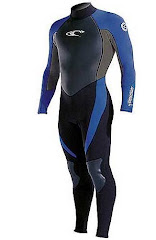

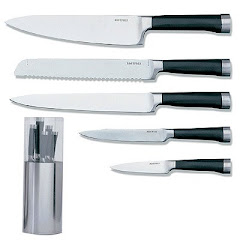



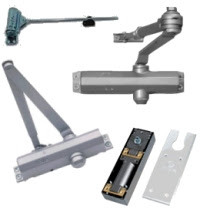
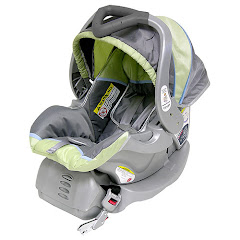
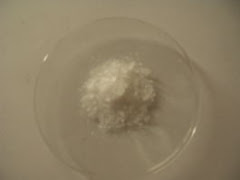
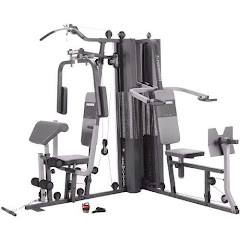
..jpg)

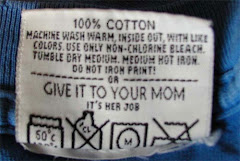

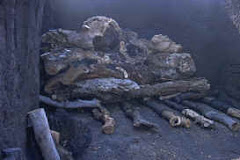.jpg)

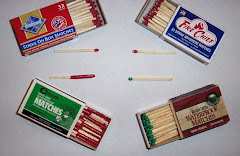
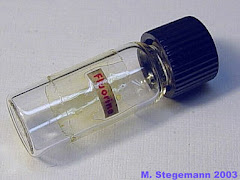
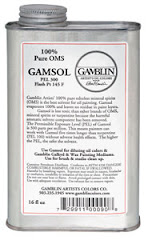..jpg)
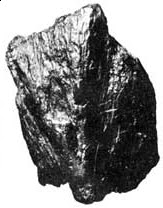

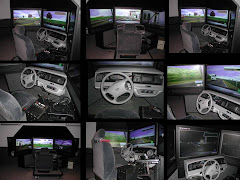
.jpg)
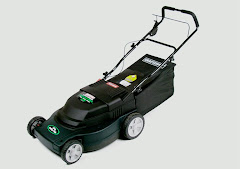

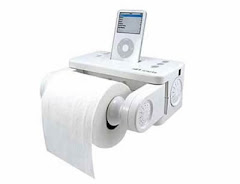
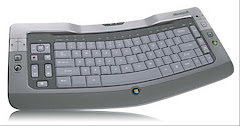
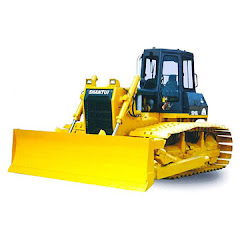..jpg)
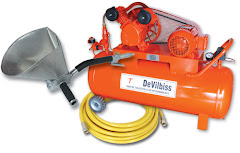
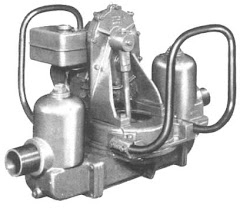

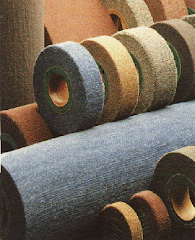.gif)

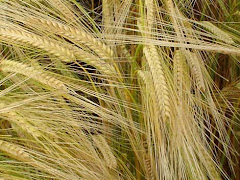
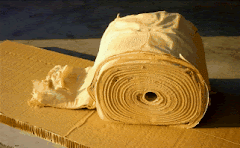

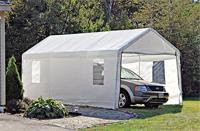..jpg)

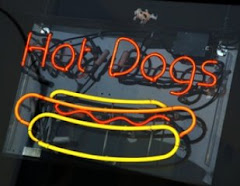

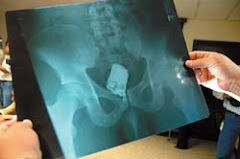

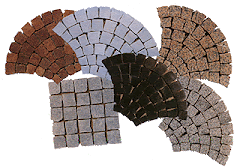
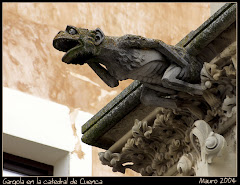





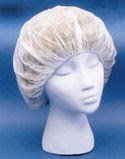

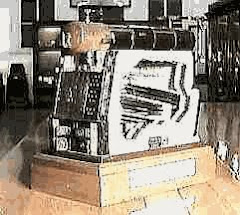
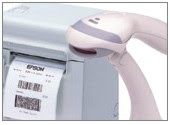
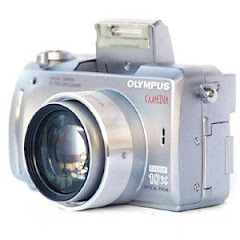
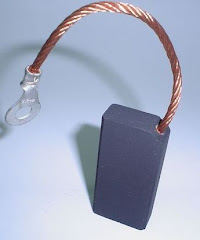
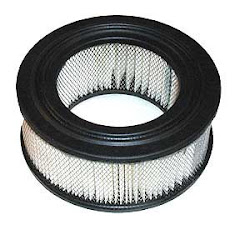


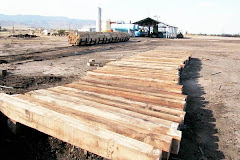+de+madera+para+vias,sin+impregnar.jpg)
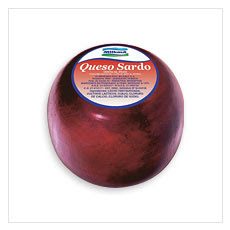

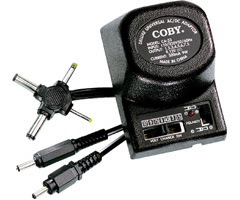




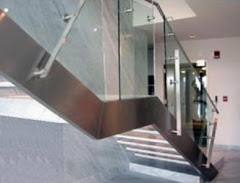
..jpg)


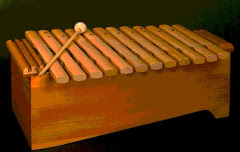
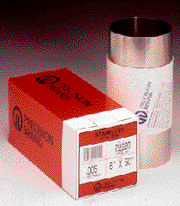.gif)
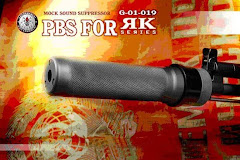

..jpg)
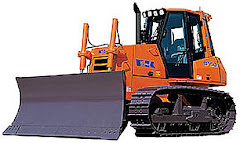+de+oruga.jpg)
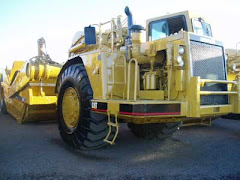
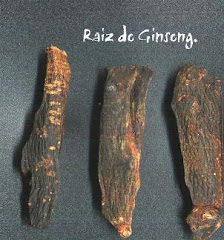


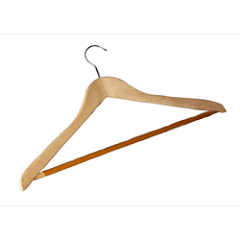




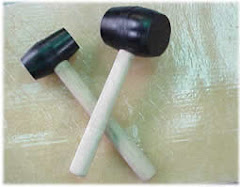
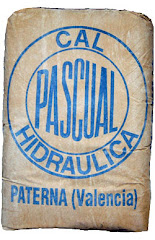




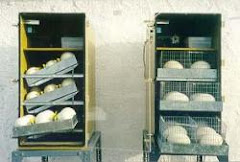


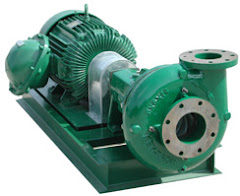
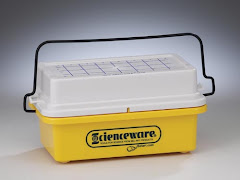+BEL-ART.jpg)
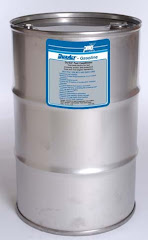

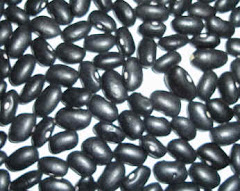
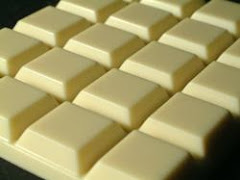



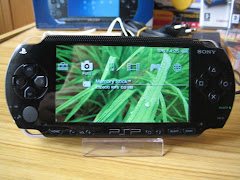

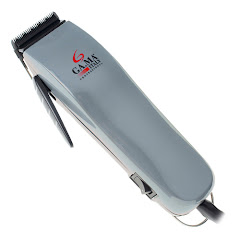

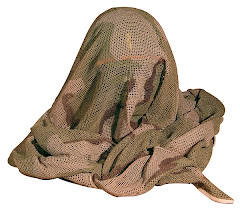.jpg)
..jpg)
.gif)
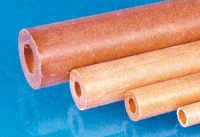..bmp)



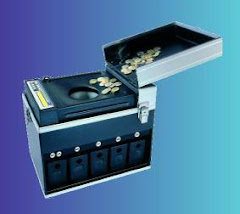
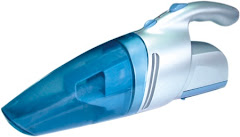
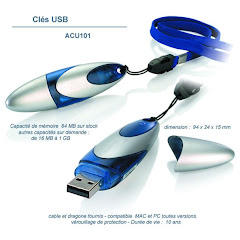.bmp)


No hay comentarios:
Publicar un comentario